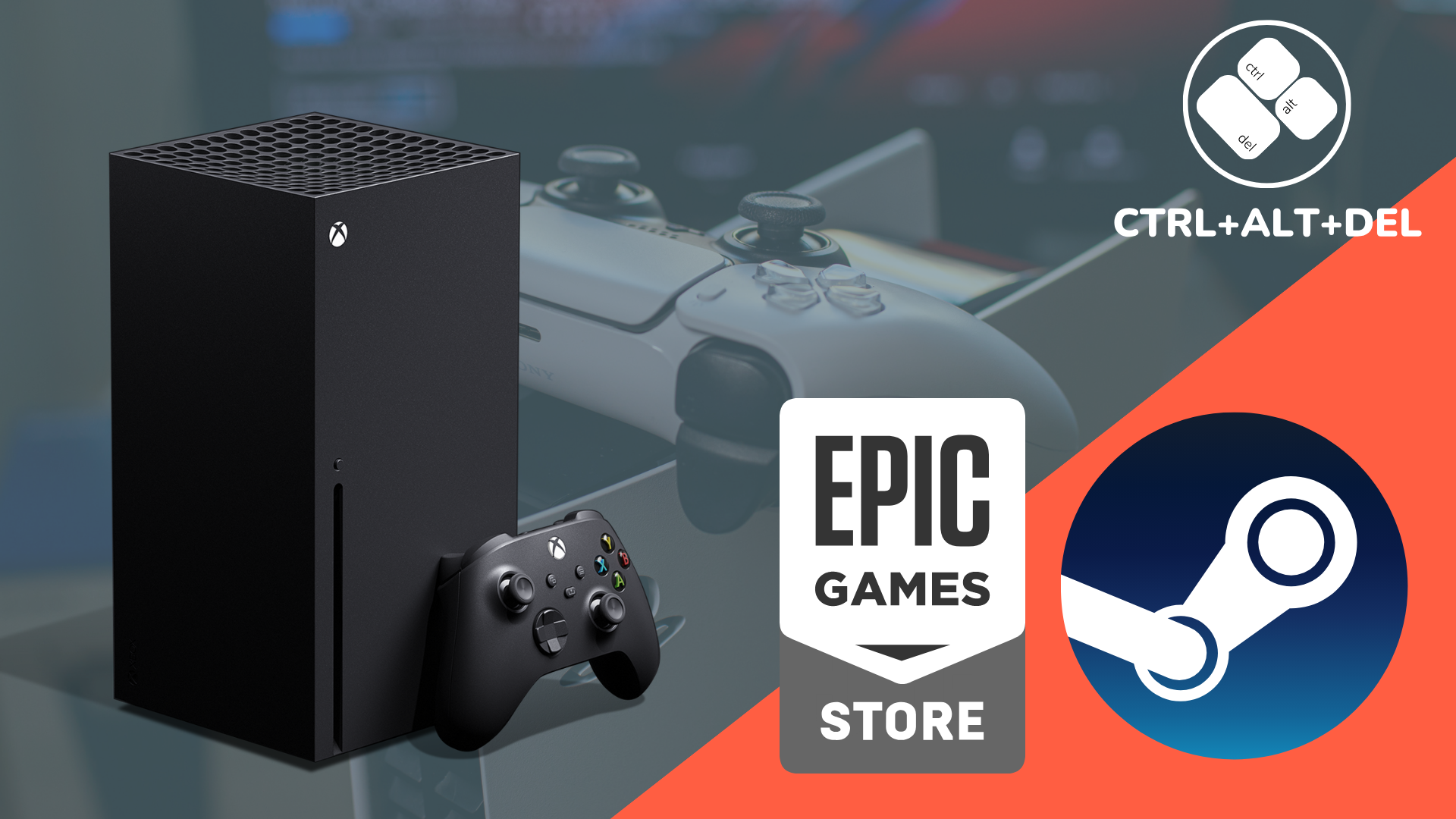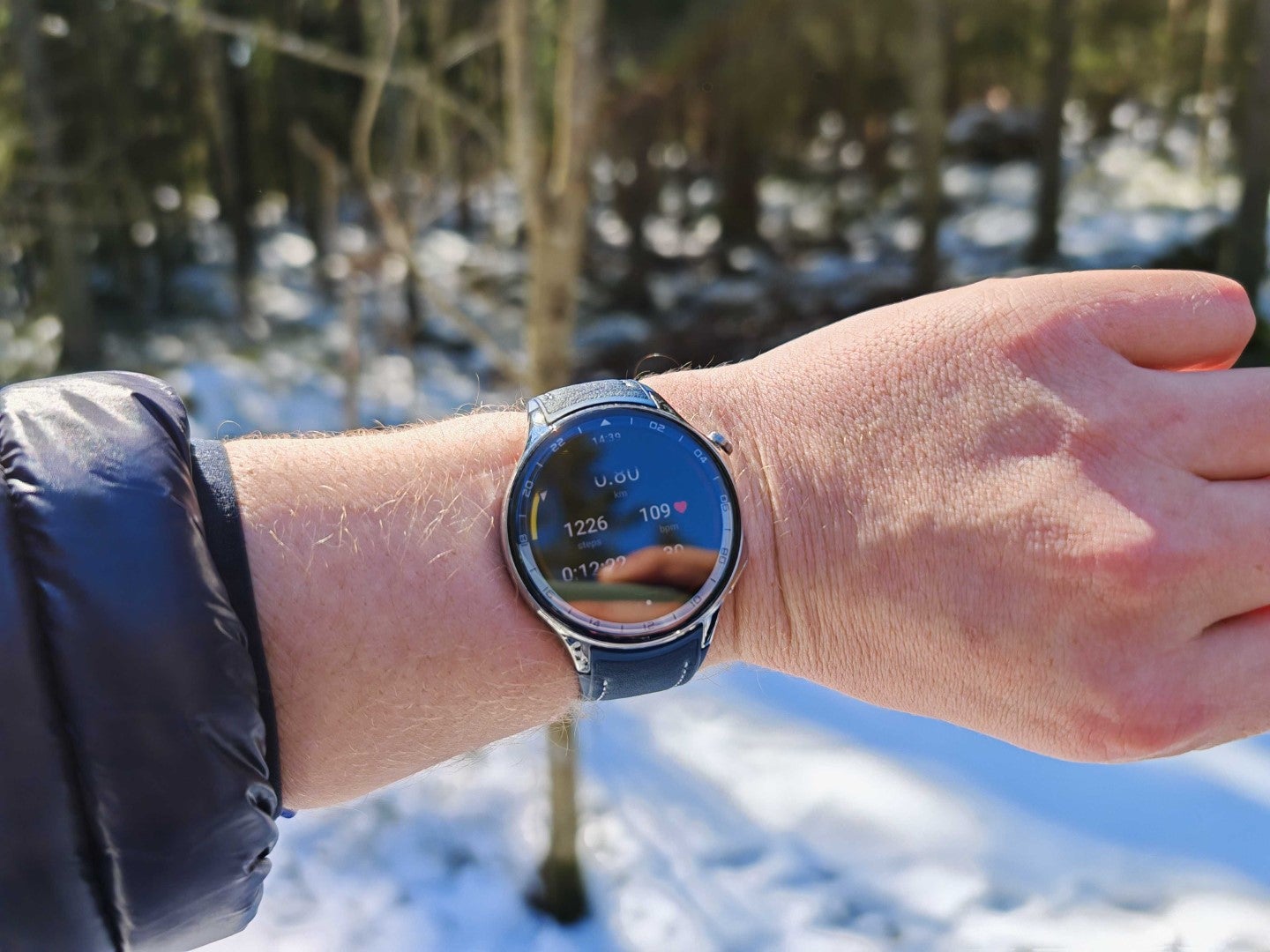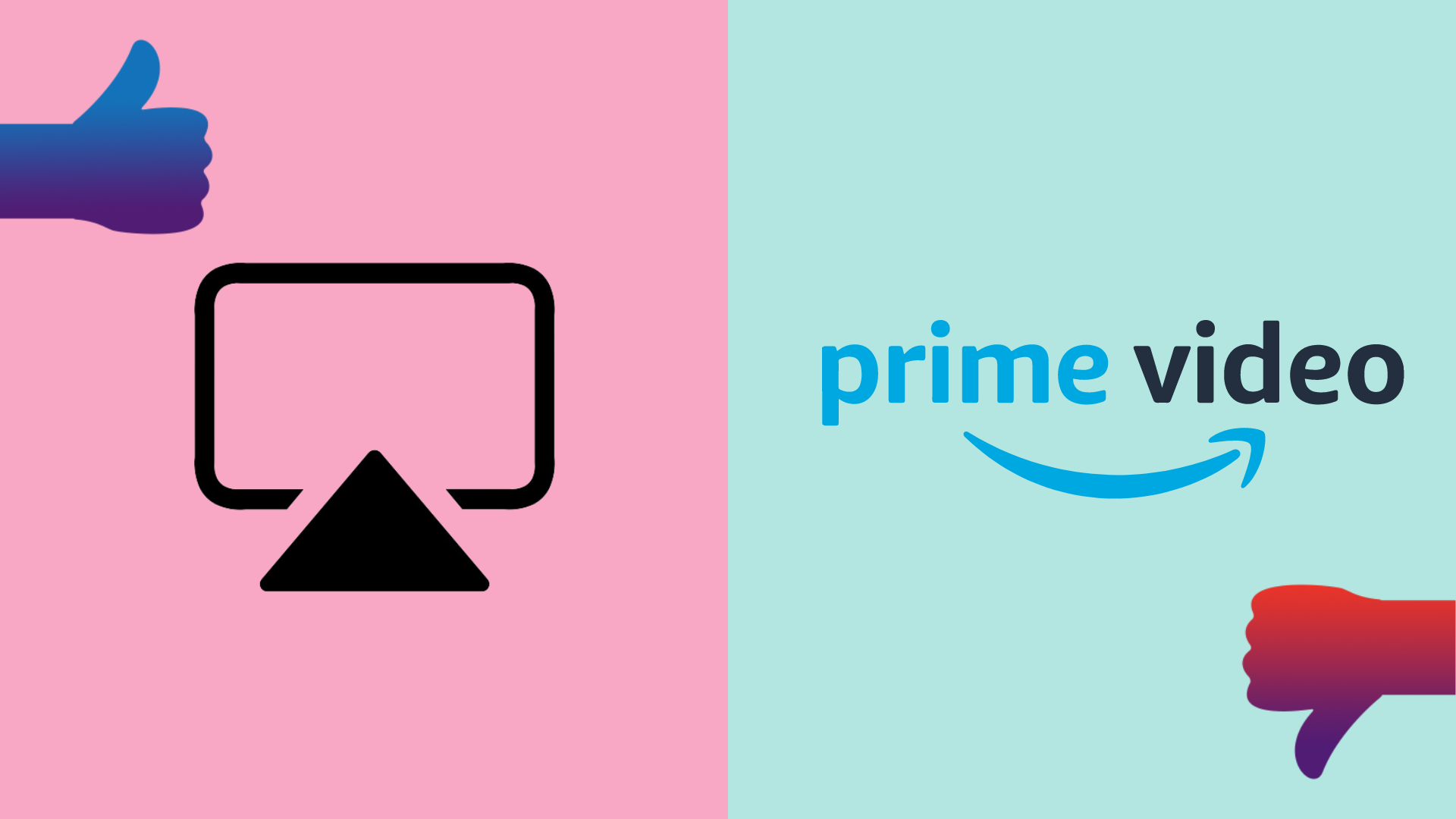Panasonic’s 2023 TV range is full of ‘smart’ decisions
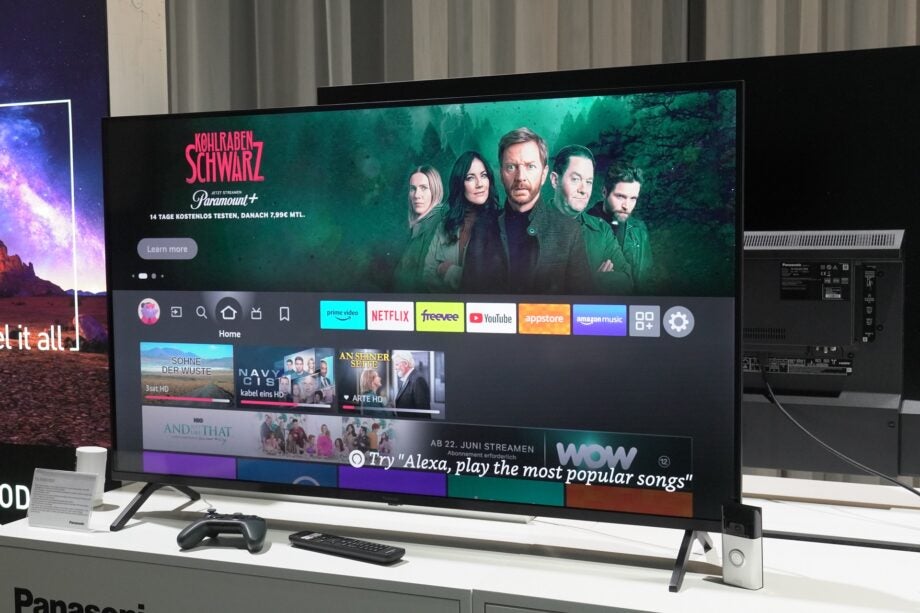
OPINION: Usually when a TV manufacturer launches its latest round of TVs, the interface it’s a one-size fits all solution across all their models.
LG pushes its bespoke webOS interface; Samsung wants to rock you with its Tizen proposition and Sony has gone done the path of Google TV (with a few of its own customisations).
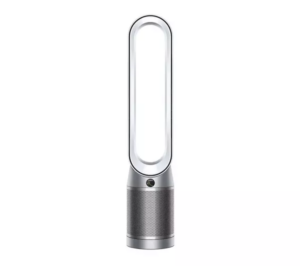
Get £100 off the Dyson Purifier Cool Auto React
Head to Currys today to save £100 on the Dyson Purifier Cool Auto React and get the cooling air purifier for just £399 instead of its usual £499 price.
- Currys
- Was £499
- £399
Interfaces have become a key differentiator in selling the overall TV experience to the customer because they are the main means by which viewers engage with the TV. A clunky, cryptic, busy interface can put customers off. Samsung’s Tizen is crammed full of features but despite attempts to put the user at the centre of the experience, it’s arguably become more complicated and more arduous to navigate in recent years.
Panasonic’s my HomeScreen interface could never be accused of being clunky, cryptic, or busy – it’s an incredibly simple interface to use – but it’s also never been the glitziest affair, the most featured or ‘modern’.
At its 2023 TV launch held in Berlin, Panasonic has seen the light (or at least a different light from others) and decided not to slather all its TVs with the same interface, but to offer customers choice with a spread of support.
The top-range OLEDs and LED models still utilize my HomeScreen (now in its 8th edition), but from the MZ800 OLED down, the view changes. For certain models, UK customers get access to Android TV (Europe gets Google TV), while the MX800 is, in surprising news, a Fire TV model.
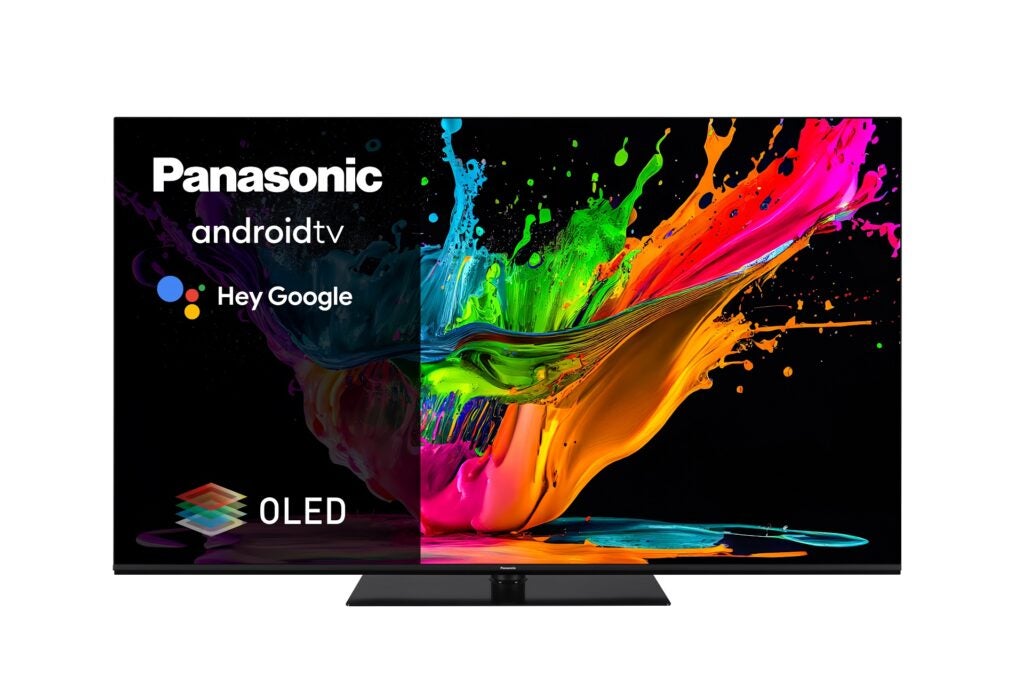
Sure, there’s a degree of confusion that can come with those choices (why this interface and not that one etc), but there’s also simplicity too. It’s not a surprise the more affordable, mass-market models get the popular smart OSes in Android and Fire TV, while on Panasonic’s premium TVs, it seeks to present its most integrated (and still simple) experience.
It makes selling the story of these Panasonic TVs to a customer easier, especially if they’re already familiar with Android/Fire TV – if you like or are used to Android TVs, here’s a model for you. There’s no adjustment period; you carry on where you left off.
It’s a smart choice because not every customer is the same; we all have different needs, interests, and reasons for a TV purchase. Not everyone is concerned with having the best picture or sound quality from a TV. They simply want to watch something and have that process made easy, not harder.
It’s a more considerate approach, one that can lower the barrier of entry which is what Panasonic needs right now. Since the heydays of Plasma, it’s fallen behind emerging TV brands such as TCL and Hisense while Samsung and LG have increased their lead despite Panasonic arguably offering picture and sound quality than either.
A more mass-market approach rather than a siloed one is, I’d hope, one that’ll increase its presence and get customers to notice their offering. It had felt in the last few years that Panasonic was being too selective in where it sold its TVs, going down the path of retailer exclusives with John Lewis & Partners as if it were trying to attract a certain type of buyer, one who would pay a premium.
Instead, most of the action took place on sites like Amazon UK, Currys and AO. Both the Fire TV and Android models should (I suspect) enjoy a wider presence on these sites when they launch, which would put the likes of the MZ800 and MZ700 OLEDs in sales frenzy mosh pit come Black Friday time.
Given they were rumours that perhaps Panasonic hadn’t had the same level of engagement in the TV market, this new range shows that they are willing to push forward and claw back territory lost to other brands.
But make no mistake, if we’re not at a make-or-break moment, we’re on the edge of one. Panasonic has always been one of the best in terms of picture quality, and it’s about time it made it easier for customers to see that.


